

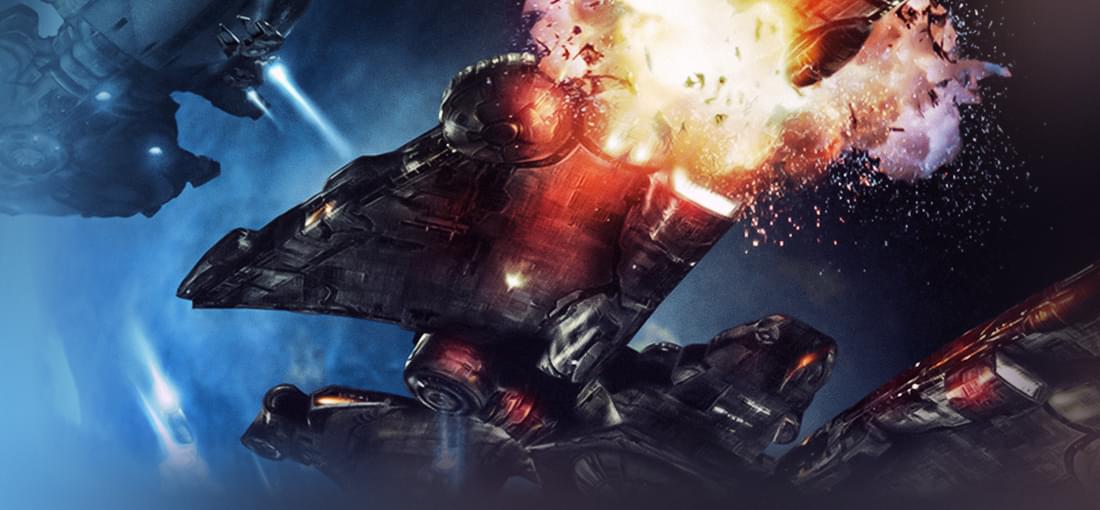
First of all, I had little difficulty getting this game to run. It started just fine, but eventually, the known "Sound System Error" made an appearance, though could be fixed very easily with a patched .exe from Moddb. In addition, when playing Legions of Iron, eventually the research screen will become so crowded that new options won't be visible at higher resolutions, so one either needs to drop to a lower resolution or use the tech tree instead. In terms of gameplay, Haegemonia basically is a stripped-down version of Digital Reality's earlier Imperium Galactica II. You get to colonize planets, research new technologies, do some spying, and build armies, coupled with full fleet movement in a three-dimensional space. That said, don't expect any actual fleet tactics like in Homeworld. There are only four ship types (fighters, corvettes, cruisers, and battleships), and the bigger ones supersede the smaller ones almost entirely. Differences between units comes from the weapon systems, but this too comes down to very few choices. Hence, the gameplay loop is quite simple, and mostly boils down to pumping out ships and overwhelming the enemy. Experience levels and heroes shake things up a little, but ultimately, this is very much 4X light. Still, the narrative presented in the campaign of Legions of Iron is entertaining enough to keep one hooked throughout, and restrictions towards fleet size and research compel one to set priorities. In terms of graphics, Haegemonia still holds up, and the explosions in particular have yet to be surpassed until today. I've also grown fond of the music, which helps set the mood, despite being repetitive. The expansion improves on some of the weaker aspects of the main game, but is restricted to skirmish only, which gets rather old, fast. Still, on a discount, Haegemonia is well worth getting and playing.

First of all, play this in a source port. I recommend Raze, which is easily the best looking and running port, though you'll have to download the .grp file for Twin Dragon from somewhere (freeware), since Raze doesn't support the loose files included in the GOG distribution. Playing Shadow Warrior in a source port is also an infinitely better experience than suffering through the buggy Redux version. Explaining why Shadow Warrior is such a gem is somewhat difficult. In terms of gameplay, it's not much different from Duke Nukem 3D, with strong emphasis on key hunting, finding the level exit, and shooting baddies. Tonally, the shareware episode in particular is quite a bit darker, despite Lo Wang's one-liners easing things up a bit. Speaking of, recently there has been a debate about Lo Wang's lines and portrayal being "racist" and "politically incorrect," which they definitely are, but none of this is played straight, so I don't think this criticism really applies. Rather, much of Shadow Warrior's appeal lies in its tight mechanics coupled with its relentless difficulty, which always keeps one engaged without ever feeling cheap. Coupled with Lee Jackson's highly memorable and atmospherically enriching score, Shadow Warrior is a weirdly addicting experience that simultaneously manages to never get boring or repetitive, despite the gameplay essentially not changing outside of the locale you're finding yourself in. Even though the expansions aren't quite on the same level as the original game, they include some neat level design ideas, and definitely are worth a playthrough if you enjoyed the main campaign. In general, you'll be hard pressed to find a level that doesn't do something cool or original in terms of design or looks in Shadow Warrior. Overall, Shadow Warrior is another 3D Realms great, and well worth playing for anyone who enjoys classic FPS even today.
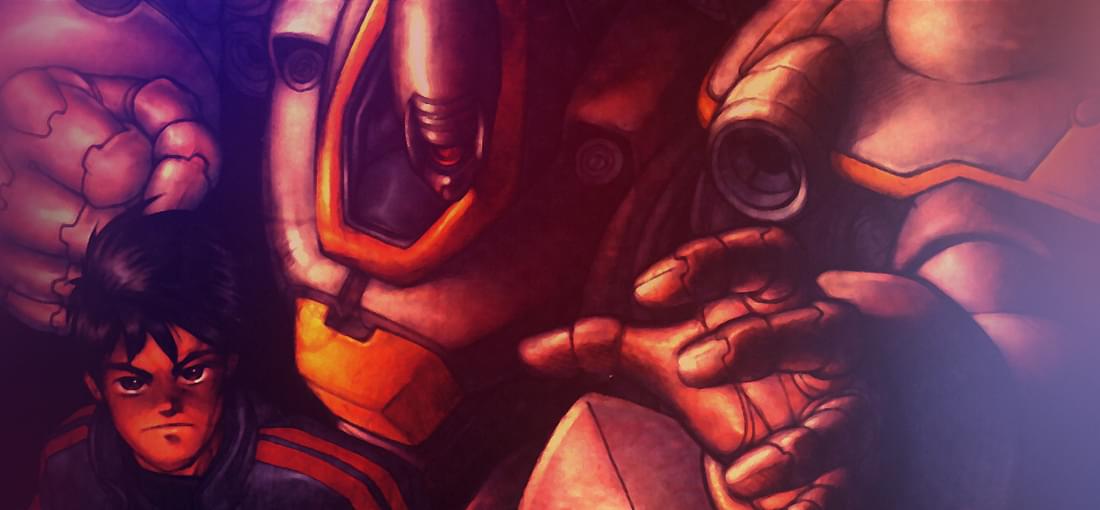
First of all, getting this to run at all is a challenge in and of itself: 1) Download the "ShogoFix" from moddb. This establishes basic functionality. 2) Search for a modified dinput.dll from Github, which hides the mouse cursor. 3) Lower mouse polling rate to 125 Hz. With these fixes in place, Shogo becomes playable, though you'll likely experience fairly regular crashes regardless. Furthermore, the last couple of levels will run poorly regardless of what you do. Whether suffering through these technical issues is "worth it" is debatable. The most unique thing about Shogo is its anime/manga aesthetic (from a Western developer no less), coupled with an interesting, albeit fairly convoluted narrative with branching endings. Furthermore, you have the ability to not only run around on foot, but pilot a mecha as well. These sections are fairly well done, and the levels are connected in such a way that you need to walk to your mecha before you can pilot it. For the most part, however, you'll be on foot, which controls and plays like a regular FPS, with one exception: There is a critical hit system, which not only applies to enemies but yourself, too. As a result, it's not uncommon to enter a room with full health and armor just to die instantly, since two or more enemies happened to get a critical hit on you. The only way to get past these situations is by generous savescumming and using angles to your advantages. You'll also be using the assault rifle 90% of the time, since it is the only weapon capable of reliably deleting enemies in time. In my book, this kind of design isn't so much challenging as it is tedious, save for the few moments where fast reactions enable you that no enemy on the screen will be able to get a shot off. It's a shame really, as between the memorable soundtrack, moody 90s sci-fi environments, and neat level design, all the ingredients for a great FPS are in place, yet needlessly brought down by trial and error game design.
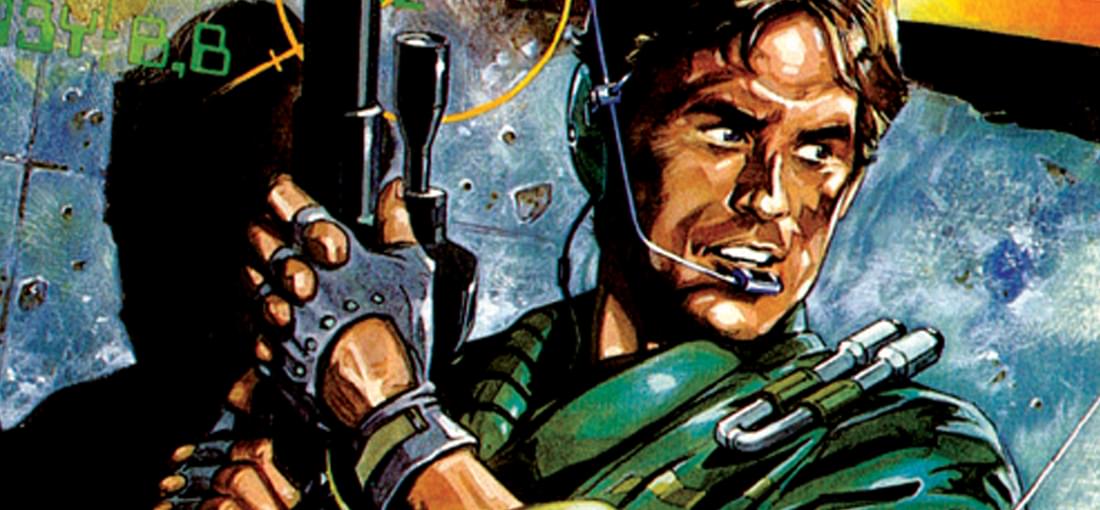
How much fun you'll have with Metal Gear will largely depend on whether you're inclined to use a guide while playing. Without a guide, be ready for lots of 'What now?' moments, coupled with egregious backtracking. If you're like me and your idea of fun doesn't consist in having to backtrack half of the game and punching random walls for half an hour to find a hidden room which contains a mission-critical item, you'll be better off using a guide from the get-go. Backtracking and cryptic progression aside, Metal Gear is an incredible game for its time, and still holds up in many parts today. The stealth gameplay may seem basic, but this is actually a good thing, since enemies almost always respawn when you leave a screen. So do items, which balances things out nicely: Since there are no 'safe' routes anywhere, you always need to be mindful of where you go, lest you waste all of your resources on a dead end. The shooting controls being clunky further incentivizes a stealth approach. At the same time, checkpoints are relatively frequent, and you're given additional resources if you die repeatedly, so aside from a few plot points, soft-locking yourself out of progress isn't really possible. Compared to later entries in the series, there isn't much of a narrative, and the codec is only used occasionally. Still, between the catchy soundtrack and moody military base environments, Metal Gear manages to create a great atmosphere, despite its graphical limitations. The PC port is based on the HD collection console release, which in turn is based on the original MSX version instead of the inferior NES one. Compared to the MSX original, the English translation has been revised in parts, and some quality-of-life features have been added, such as visual clues when punching the 'right' wall. You also get to save at any time, though you'll be reset to a checkpoint regardless, albeit with your inventory at the time of saving.
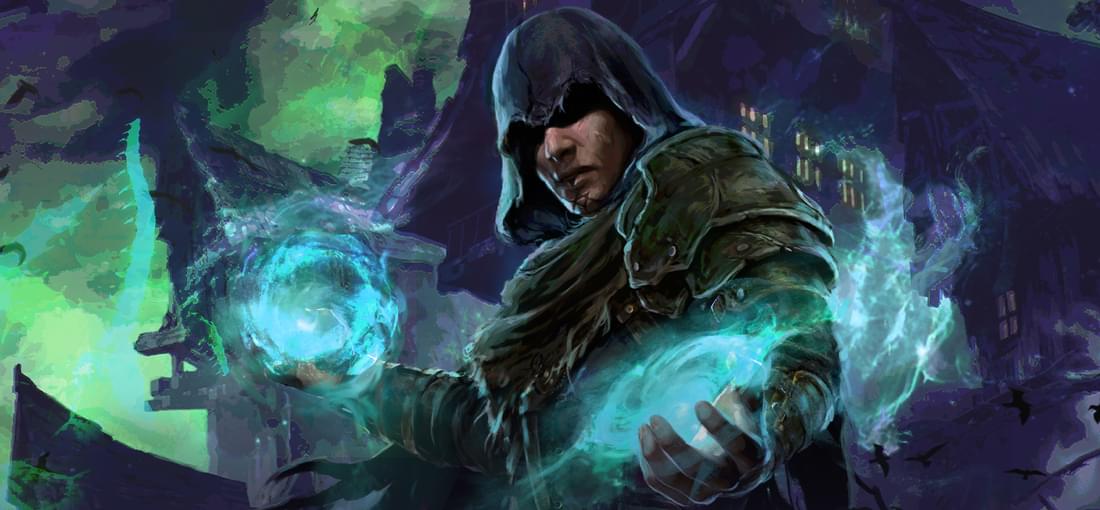
On the surface level, Into the Pit is a competent game. It looks good, runs well, and shooting stuff feels great. The issue is that this gets real old real fast. Being a roguelite, Into the Pit has you do runs, each of which follows the same pattern: Clear roughly a dozen of rooms, beat the dungeon boss, repeat. You have a single life bar for each run, and the more runs you do, the more support runes and maps you get to unlock. You only ever have two weapons, one for each hand, which are given randomly at the start of each run, and you get bonuses modifying your weapons after each cleared room. Each room takes around a minute to finish, amounting to roughly twenty minutes per run. If you die, you start back at square one. And that's it. You need to do ten runs in total to get to the final map, which merely looks different than the others, and all of these runs will basically play the same. The environments and enemies will vary a bit, but beyond that, you're essentially doing the exact same thing over and over again. And since the game is far from challenging, you'll soon wonder why you're even playing this. I've had entire runs where I didn't get hit once, and I only ever died when I got stuck in the level geometry. There is no sense of actual progression, and since you almost never die, I'm inclined to call Into the Pit a roguelite on paper only. To add insult to injury, even the final map is no different from the ones before it, aside from a different theme and a different final boss. There is no actual narrative, either, so why even bother? In short, unless you enjoy wasting your time, I can't recommend this game. The foundation for a good game is there, but without additional fleshing out, Into the Pit is little more than an empty husk.
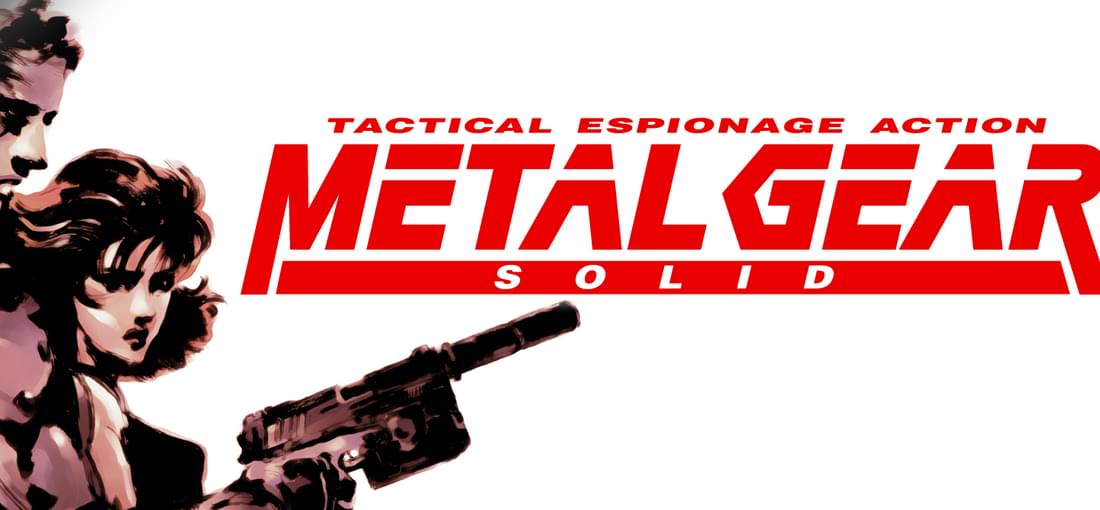
If you ever wanted to get into the Metal Gear Solid series, this is a great place to start. Though not the first one in the series, MGS established much of the cinematic approach later entries in the series have become known for. The plot is mostly presented in cutscenes, which shine with high quality voice acting (David Hayter, Paul Eiding, Jennifer Hale) and good writing, though some of the Kojimaisms such as the codenames (Revolver Ocelot and Decoy Octopus are my favorites) may come across as odd, if not comical. Speaking of, Hideo Kojima has created a fictional yet still grounded universe which serves as the backdrop for the plot. Coupled with an excellent score, MGS succeeds in creating a great atmosphere that completely sucks you into the narrative. When it comes to the gameplay, MGS isn't quite as refined. Though advertised as "tactial espionage action," the stealth sections quickly take a backseat past the first third of the game. Later sections are mostly focused on action, much of which happens in the numerous boss battles. These are the most difficult parts of the game, albeit mostly due to the fact that in order to beat those, specific items are needed, or you need to be aware of a particular strategy or certain game mechanics, which typically aren't explained anywhere. Coupled with wonky hitboxes and limited controls, these parts can get frustrating, which does ruin some of the immersion built up by the narrative. As for the GOG version, both keyboard/mouse and controller work just fine, and the PC port is still by far the best looking and running version of MGS. Since part of the bottom of the screen is cut off (the PlayStation version didn't run at full resolution), playing the game in the intended 4:3 aspect ratio will leave you with a very small screen, which is why opting for 4:3 stretched may be the preferred option. Saving is possible at any point, though you'll still be reset to the last entered room upon reloading.
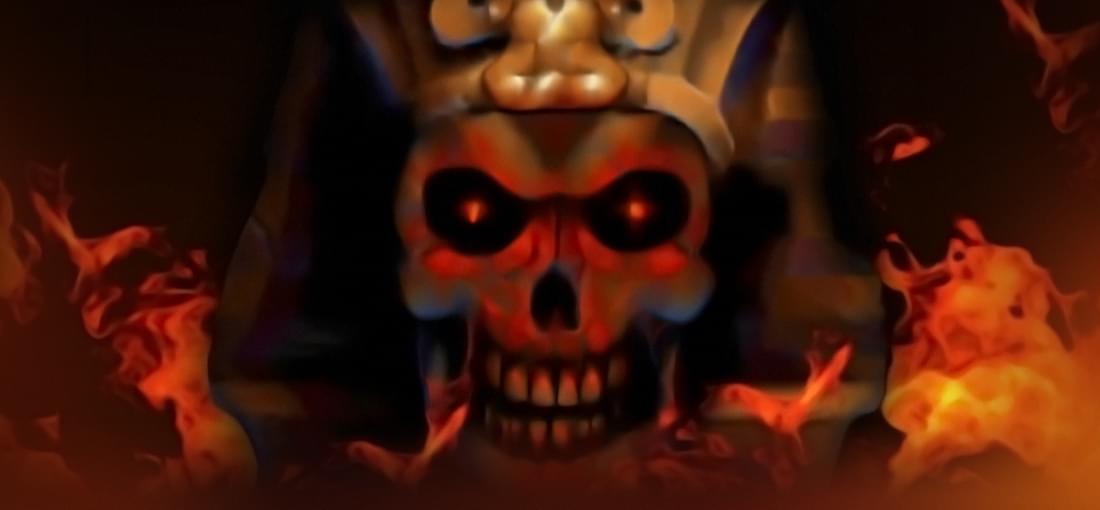
Don't get me wrong, the Saturn/PlayStation version, which Nightdive's Powerslave Exhumed is a port of, is a perfectly serviceable game. The PC version, however, is the real deal. Unlike the console versions, Powerslave (or Exhumed, as it was called in Europe) for PC has linear progression through levels. Furthermore, each weapon has its own ammo, and you have an inventory with several power-ups. What sets Powerslave apart from other 90s FPS is its setting and level design. If you like ancient Egyptian themes, you're in for a real treat, as both the visuals and the music successfully create a wonderfully unique atmosphere. When it comes to the level design, Powerslave is a master class. This game has some of the best levels of any FPS ever, striking a perfect balance between complexity, non-linear progression, and nicely balanced item and enemy placement. There is key hunting of course, but I very rarely felt lost, despite later levels in particular reaching epic proportions. Powerslave doesn't even have a difficulty selection, since the levels are so carefully crafted that there is no real need for one. Unlike the console versions, Powerslave PC is running on the Build engine, of which it makes great use. The sprite work is excellent throughout, and even better yet, the game can be played in a source port such as Raze, which allows for proper widescreen resolutions, saving at any time, and even adjusting the strafe speed. In short, there is no reason to bother with DOSBox. The only thing worth criticizing is the lack of enemy and weapon variety. The basic enemy types can be counted on one hand, and for 80% of the time, you'll find yourself using your trusty M60 machine gun and not much else. Overall, Powerslave is just a blast to play, and more than worth a look for anyone with a penchant for classic FPS.
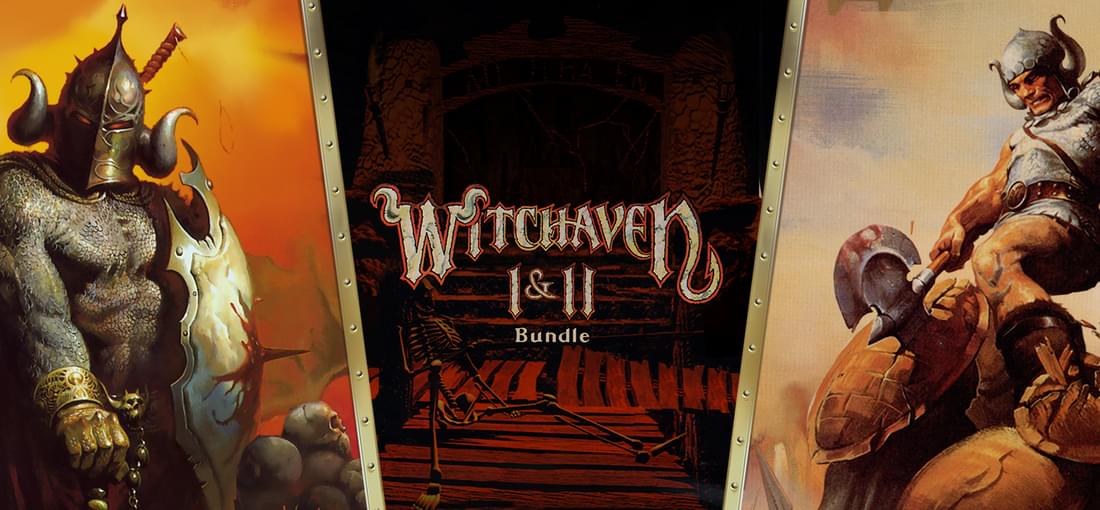
First off, there are two main ways to play these games. Either through the BuildGDX source port, which does an excellent job bringing these games into the current year, or through the enhanced DOSBox build bundled with this collection, which has almost all of the important community fixes already integrated and runs fairly stable. Personally, I prefer the latter, as Witchaven is the type of game you want to experience in all of its pixelated, low-resolution glory. While thematically similar to Heretic and Hexen at first glance, Witchaven plays quite differently compared to these games. There is a heavy emphasis on melee combat, and progression through each level is entirely based around finding keys and ultimately the exit, while avoiding often deadly traps. Outside of a select few enemies capable of firing projectiles, most foes are restricted to melee attacks, and they often don't even chase after the player or move around much. Hence, once the maximum experience level has been hit, simply running past everyone is perfectly possible. The actual challenge comes from finding the keys and exits, which are often hidden in the most obscure places. The level design is actually quite varied, but never exceeds anything that would've been just as possible in the Doom engine. The exception are two vertical levels in Witchaven II, which happen to be the most annoying levels of them all. What sets Witchaven apart is the atmosphere. The first one in particular has some nice music, the sound effects are cool, and the environments are eerie and dark throughout. That said, be ready to deal with jank, a lot of jank. The second Witchaven in particular is quite buggy, and running against certain level objects at the wrong angle is enough to corrupt the memory for the remainder of a session. And don't jump towards barrels in the first game, lest you levitate towards the ceiling and stay there for good. So, are these games good? No. And yet, I couldn't help but finish them.
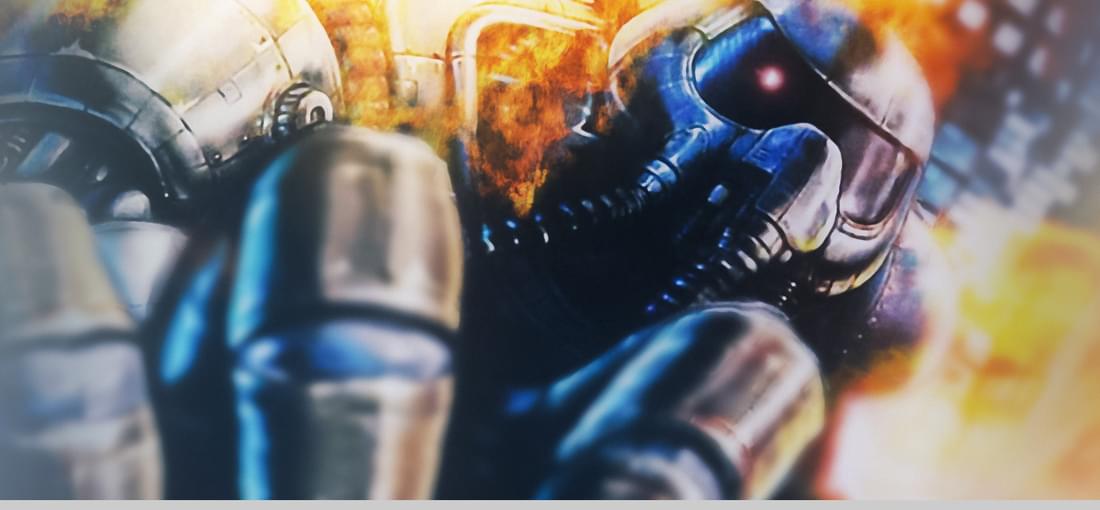
Make no mistake, this is no Deus Ex. Moreover, except for the name and the fact that you're dealing with aliens, it has nothing to do with X-Com, either. Enforcer comes from a time when MicroProse thought it would be fun to slap the X-Com name on literally everything. Still, there is fun to be had if you adjust your expectations accordingly. Enforcer is an arcade shooter through and through. No more than six buttons are required to play the game, and you can't even look up or down. There's not even a weapon selection—whatever you've picked up last is what you have equipped. Running on the stable and still nice looking Unreal Tournament engine, Enforcer looks and feels like a UT mod, down to the textures and the ability to dodge by double-tapping movement keys. Every single one of the 35 levels comes down to one thing: shooting everything that moves. Each level takes around five minutes to finish, and the only variety comes from the environments and upgrades you're allowed to purchase between levels. Unfortunately, the game doesn't really tell you what each weapon does, and since every additional unlocked weapon expands the pick-up pool, it's actually better to only unlock a select few weapons to increase the odds of the good ones showing up more often. And that's it, there really isn't anything more to this game. Regardless of the difficulty level, the game is never challenging to any degree, and thus never goes beyond mindless shooting. That's not a bad thing, however, and I didn't feel bored once. Thankfully, the game is quite self-aware of its own premise, and you even get to fight an alien boss in a stadium, which is an obvious reference to Duke Nukem 3D. The enforcer saying "You have been enforced" while mowing down hundreds of aliens alone is worth the price of admission. In short, if you're down for some tongue-in-cheek shooting, do yourself a favor and get this on a sale.
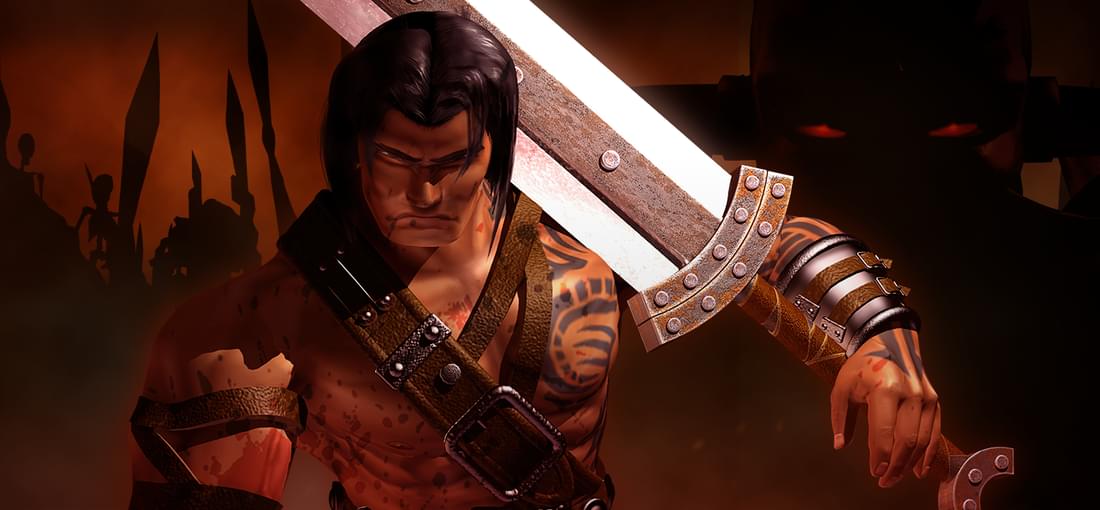
Largely ignored at release, Blade of Darkness has aged much better than many of its peers, provided one has the patience to get used to the controls. That said, the idea that BoD is a precursor of Dark Souls is misguided: You can save at any time, and while the game is challenging, the design isn't nearly as sadistic as Dark Souls's. If anything, it is a precursor to Castlevania: Lords of Shadows, which the people behind BoD went on to develop. At the start, one can choose between four characters, which all have their own opening level, and play quite differently. BoD lacks a difficulty selection, but the Amazon serves as the game's easy difficulty, with the other three approaching medium and hard. Each character has their unique weapons and moves, and finding out how to use these most effectively is what makes the game so endearing during the first couple of levels. The enemies likewise have their own attack patterns and moves, each different enough to warrant a specific approach. However, some of these weapons and their special attacks will turn out to be much more effective than the others, and there is no real reason not to spam those all the time. Since enemy variety is also rather limited, the combat will get quite stale and repetitive during the later levels, which is a bit of a letdown. What may keep one hooked throughout is the atmosphere. Even though there is hardly a narrative, the gritty and gloomy environments and Oscar Araujo's (who went on to score the Castlevania: Lords of Shadows series) engaging soundtrack tell enough of a story. In addition, the fact that some of the stronger attacks literally cut enemies to pieces imparts a level of realism to everything that is seldomly seen in this type of game. As for the port, the developers did a serviceable job. Niceties such as widescreen resolutions are supported out of the box, but unfortunately, some legacy bugs are still around, and even the original solutions to those still apply.